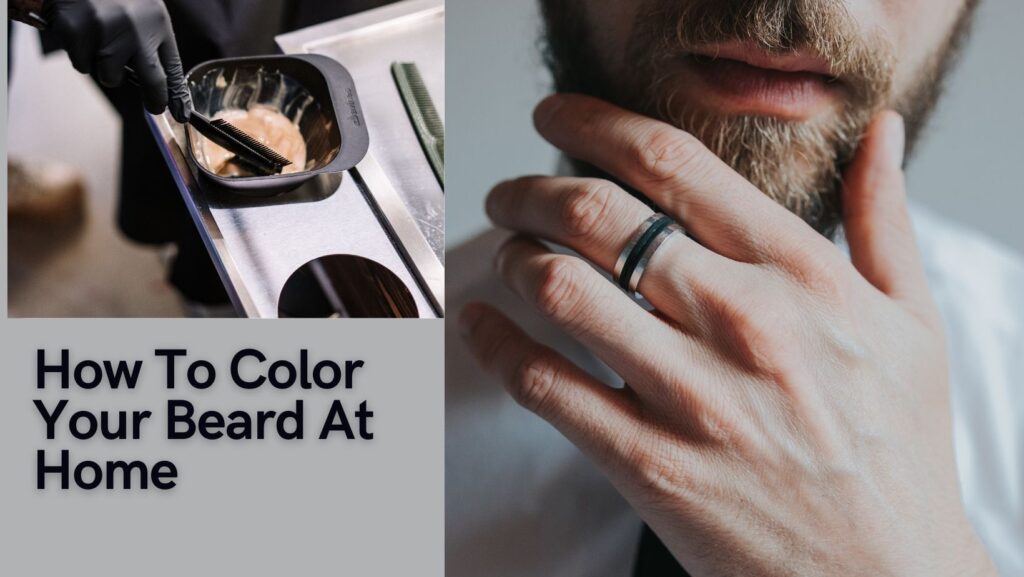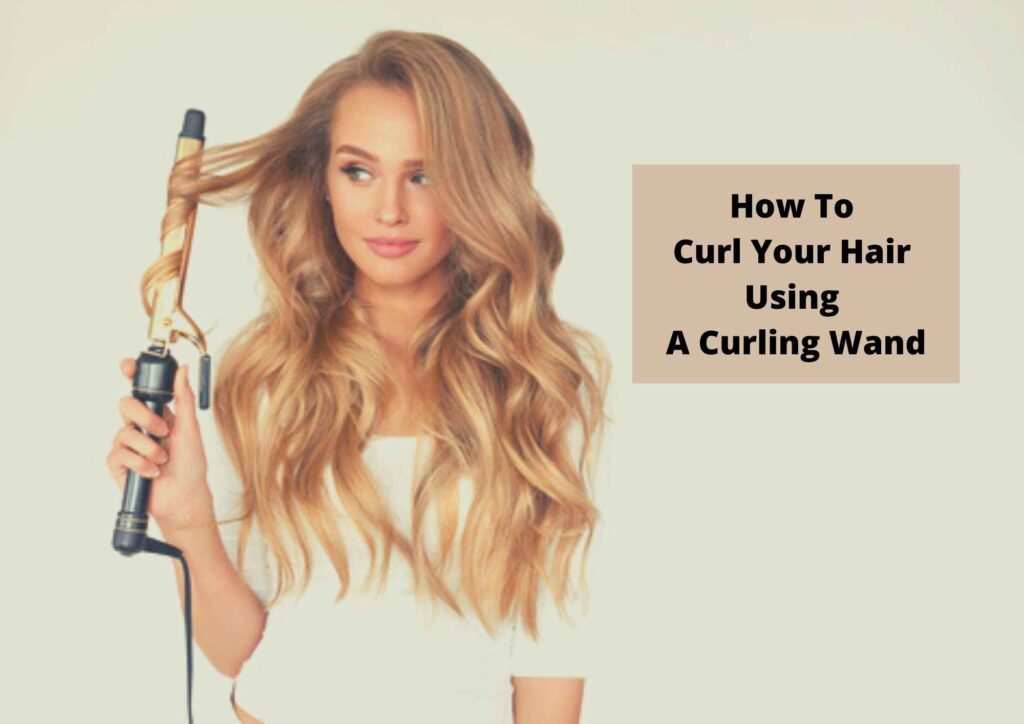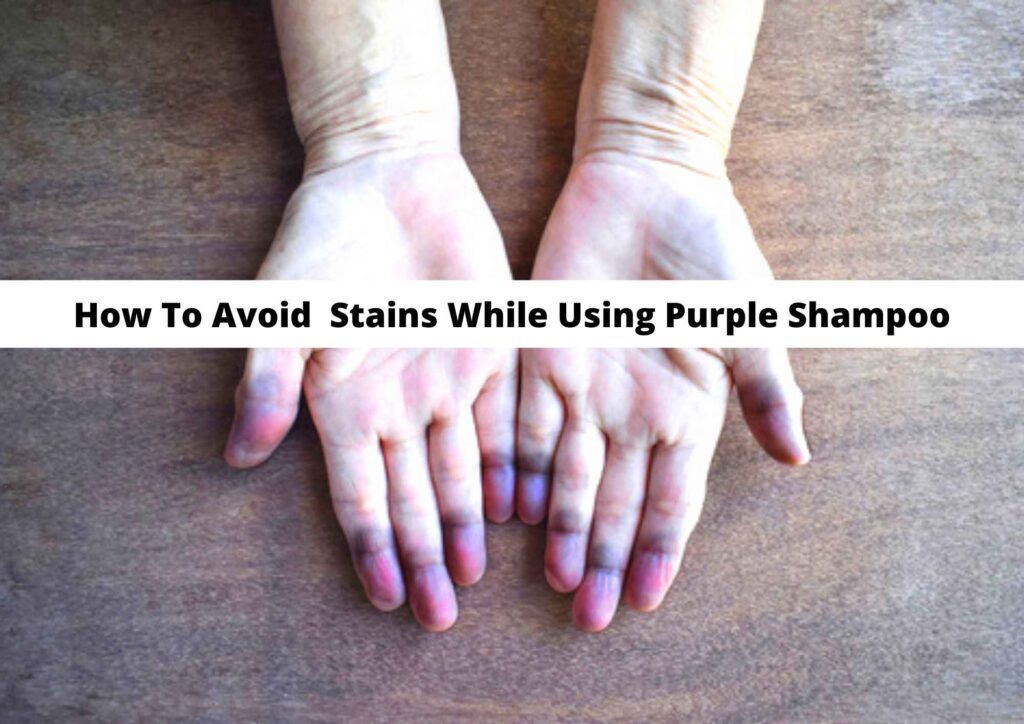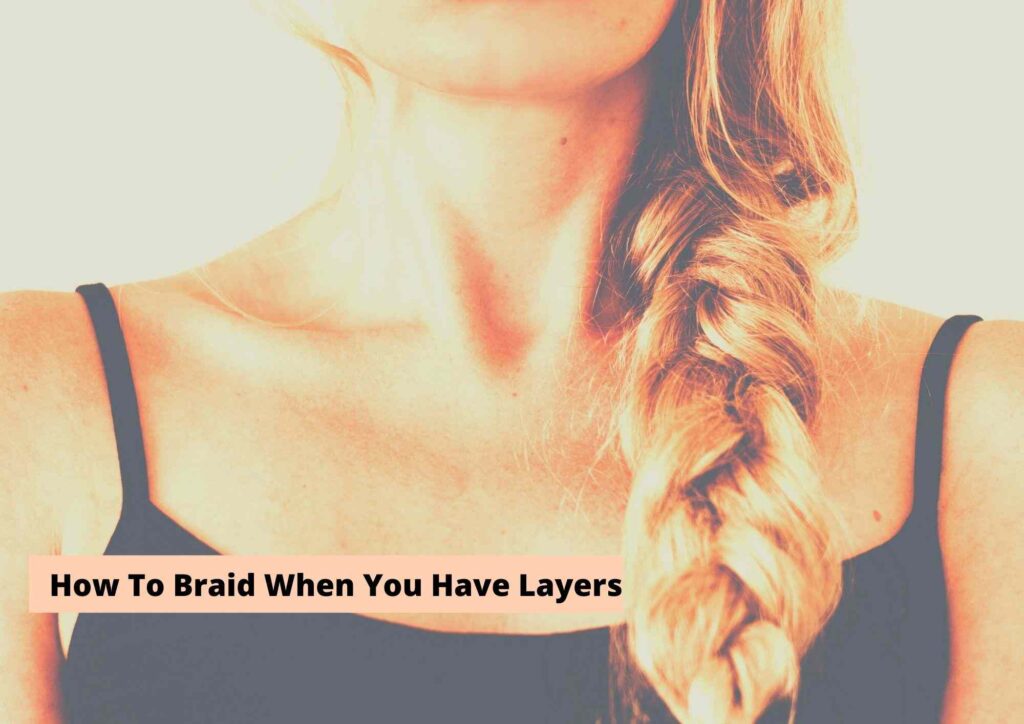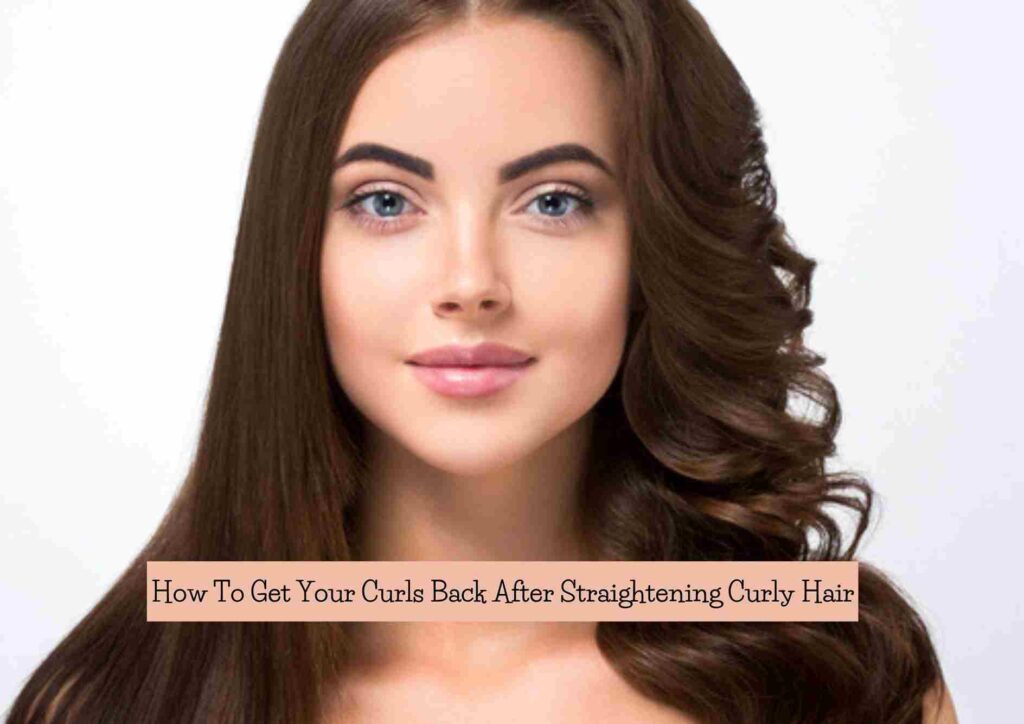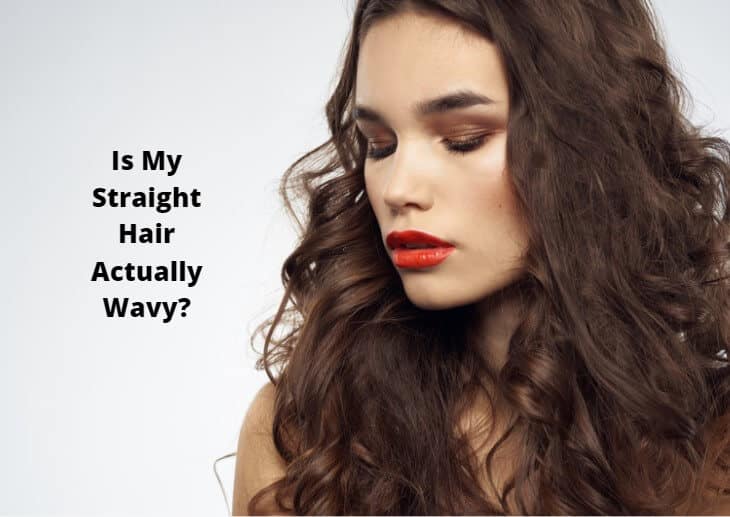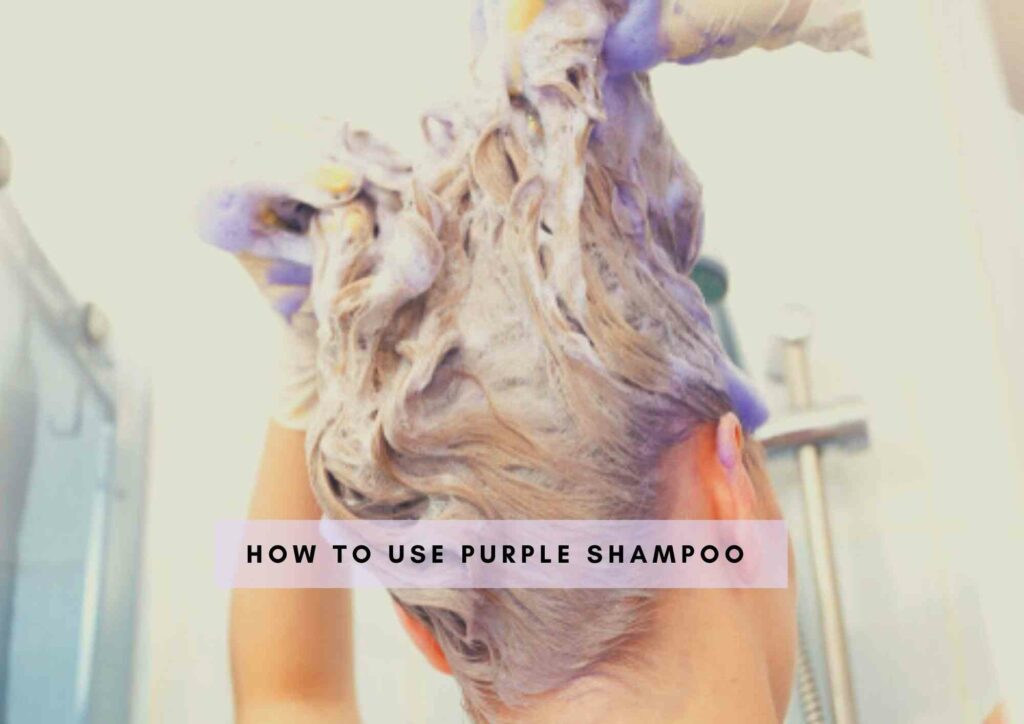Want to know what to tell your hairdresser for layers, check out my article below. Also learn what are the different types of layers, which ones suit your face structure and how to choose the best layers for yourself.
Getting a new haircut can be an exciting experience, but it can also be nerve-wracking if you’re not sure how to communicate your desired look to your hairdresser.
When it comes to getting layers in your hair, clear communication is key to ensure you leave the salon with the style you’ve been dreaming of.
In this guide, I will walk you through everything you need to know about getting layers, from different types of layered hairstyles to considerations for your face shape and hair type.
What To Tell Your Hairdresser For Layers
finally got my hair cut !!! a hairdresser finally cut layers in for me and i love it!!!🥺 pic.twitter.com/VwR95fQr0q
— zara 💌 (@typagomez) October 14, 2022
Getting layers in your hair can add texture, volume, and movement to your hairstyle. To ensure you get the layers you desire, it’s essential to communicate effectively with your hairdresser. Here’s what to tell your hairdresser for layers:
- Desired Layer Length:
- Specify how long you want your layers to be. Are you looking for short, medium, or long layers? You can use terms like “short layers” for a more dramatic look or “long layers” for a softer effect.
- Layer Placement:
- Describe where you want the layers to start. Common options include:
- Face-Framing Layers: These layers start around the face, adding dimension and framing your features.
- All-Over Layers: Layers can be evenly distributed throughout your hair for a balanced look.
- Textured Ends: If you want layers primarily at the ends of your hair for added movement, mention this preference.
- Describe where you want the layers to start. Common options include:
- Layering Technique:
- Discuss the layering technique you prefer. For example:
- Blunt Layers: These create a sharp, defined contrast between different hair lengths.
- Point Cutting: A technique that involves cutting hair at an angle to create a softer, textured appearance.
- Razor Cutting: Razor-cut layers provide a more feathered and airy effect.
- Discuss the layering technique you prefer. For example:
- Layer Density:
- Decide how many layers you want. Fewer layers can result in a subtle, natural look, while more layers create a more textured and voluminous style.
- Layer Face-Framing:
- If you want layers to frame your face, specify the length and angle you prefer. You can ask for shorter face-framing layers for a bolder look or longer ones for a softer frame.
- Hair Type and Texture:
- Inform your hairdresser about your hair type (straight, wavy, curly) and texture (fine, medium, coarse). This helps them tailor the layering technique to suit your hair’s natural characteristics.
- Styling Preferences:
- Mention how you typically style your hair. If you have a preferred styling method, it can influence the way your hairdresser cuts and shapes the layers.
- Hair Length:
- Your current hair length matters when discussing layers. Layers can have a different impact on short, medium, or long hair, so your hairdresser needs to consider this when planning the cut.
- Maintenance Level:
- Be honest about how much time and effort you’re willing to invest in maintaining your layers. Some layering styles may require more frequent trims to retain their shape.
- Visual References:
- It’s always helpful to bring pictures or references to show your hairdresser the exact layering style you have in mind. This visual aid can ensure both you and your stylist are on the same page.
- Ask for Recommendations:
- Don’t hesitate to ask your hairdresser for their professional opinion. They can provide guidance based on your hair type, face shape, and style preferences to help you achieve the best layering outcome.
- Discuss Potential Concerns:
- If you have any concerns about how layers might affect your hair, such as thinning or frizz, share these with your hairdresser. They can offer solutions or adjustments to address these issues.
Remember that effective communication is key to getting the layers you desire. Be open to your hairdresser’s suggestions and expertise, and don’t hesitate to ask questions during the consultation to ensure both you and your stylist are aligned on the layering style you want to achieve.
What Are The Different Types of Layered Hairstyles You Can Get?
Before you sit in the stylist’s chair, it’s important to have a clear picture of the type of layered hairstyle you want. Layered haircuts come in various styles and lengths, and choosing the right one can make a significant difference in your overall appearance. Here are some popular layered hairstyles to consider:
1. Long Layers

Long layers are a versatile choice that works well for those with longer hair. These layers are typically blended seamlessly with the rest of your hair and provide a soft, cascading effect. Long layers add movement and dimension without drastically altering the length.
2. Short Layers

Short layers can add volume and texture to shorter haircuts. This style is great for those looking to achieve a more edgy and contemporary look. Short layers can be incorporated into bob cuts, pixie cuts, or any short hairstyle.
3. Face-Framing Layers

Face-framing layers are designed to accentuate your facial features. These layers are usually cut to frame your face, enhancing your natural beauty and drawing attention to your eyes, cheekbones, and jawline.
4. Blunt Layers

Blunt layers are characterized by a more defined, structured look. Instead of soft and feathered, the ends of your hair are cut in a straight line. This style can provide a sleek and polished appearance.
5. Textured Layers

Textured layers are perfect for adding movement and body to your hair. They involve cutting uneven, choppy layers that create a relaxed, beachy vibe. This style is particularly popular for those with wavy or curly hair.
6. Choppy Layers

Choppy layers are a great option for those seeking a bold and dynamic look. These layers involve uneven, jagged cuts that create a sense of spontaneity and energy in your hairstyle.
Choosing the right type of layered haircut will largely depend on your personal style, hair length, and maintenance preferences. Once you’ve settled on a style, it’s time to discuss it with your hairdresser.
What To Know Before Getting Layers
Before you head to the salon, there are some essential things you should consider when getting layers:
1. Hair Type and Texture
Your hair type plays a significant role in determining the type of layers that will work best for you. For example, individuals with straight hair may require different layering techniques than those with curly or wavy hair. Discuss your hair type with your stylist to ensure they choose the appropriate layering method.
2. Maintenance and Styling
Consider how much time and effort you’re willing to put into styling your hair daily. Some layered hairstyles may require more maintenance and styling products than others. Be upfront with your hairdresser about your styling habits and time constraints to find a layered look that suits your lifestyle.
3. Face Shape
Your face shape is a crucial factor in determining which layered hairstyle will flatter your features. Different face shapes benefit from specific layering techniques, so consult with your stylist to ensure your layers complement your face shape.
4. Hair Length
The length of your hair will influence the placement and type of layers you can get. Shorter hair may have shorter, more defined layers, while longer hair can accommodate longer, flowing layers. Discuss your desired length and layering options with your stylist.
5. Hair Color and Highlights
Consider whether you want to incorporate hair color or highlights with your layered haircut. Adding color can enhance the depth and dimension of your layers, creating a more striking and eye-catching look.
How To Choose Face-framing Haircuts That Flatter Your Face Shape

Your face shape plays a significant role in determining the most flattering hairstyle for you. The right face-framing layers can enhance your features and create a balanced, harmonious look. Here’s how to choose face-framing haircuts that suit your face shape:
1. Round Face
If you have a round face, you’ll want to create the illusion of length and definition. Opt for layers that are longer in the front and shorter in the back. Face-framing layers that start near your cheekbones and extend downward will help elongate your face.
2. Square Face
A square face shape benefits from soft, wispy layers that soften the angles of the jawline and forehead. Consider face-framing layers that start at your chin and gently taper towards the ends. This style adds a touch of femininity to angular features.
3. Oval Face
Lucky you! Oval faces are versatile and can pull off a wide range of hairstyles. You can experiment with various face-framing layer lengths, from short and choppy to long and flowing. Oval faces are the ideal canvas for exploring different layering options.
4. Heart-shaped Face
For heart-shaped faces, layers that begin around the cheekbones or chin are particularly flattering. These layers help balance the wider forehead and create a more harmonious appearance. Consider adding texture and volume to your layers for added depth.
5. Diamond Face
Diamond-shaped faces benefit from layers that add width to the forehead and chin while softening the cheekbones. Face-framing layers that start at the cheekbones and flow downward work well for this face shape. Avoid excessive volume at the crown, as it can accentuate the diamond shape.
6. Long Face (Rectangular)
If you have a long, rectangular face, you’ll want to add width and fullness to your hairstyle. Face-framing layers that start around the chin or collarbone are ideal for achieving this effect. These layers create the illusion of width and balance out the face’s length.
Remember that your hairstylist can provide expert advice on which face-framing layers will best suit your unique features. Be sure to discuss your face shape and desired look during your consultation.
How To Ask For a Layered Haircut For Guys at the Barber
Layered haircuts are not just for women; they can add style and dimension to men’s hair as well. Whether you’re looking for a subtle change or a bold transformation, here’s how to ask for a layered haircut at the barber:
1. Know Your Style
Before you visit the barber, have a clear idea of the layered haircut you want. Do you prefer a textured, choppy look, or are you aiming for a more polished appearance? Collect reference photos or pictures of celebrities with the hairstyle you desire to show your barber.
2. Discuss Layer Length
Decide on the length of the layers you want. Shorter layers create a more defined, textured look, while longer layers provide a softer, flowing effect. Communicate your preferred layer length to your barber.
3. Face Shape Matters
Just like with women’s hairstyles, your face shape plays a role in determining the
most flattering layered haircut for you. Mention your face shape to your barber so they can tailor the layers to complement your features.

4. Ask for Gradual Blending
To achieve a seamless and natural look, request that your barber blends the layers gradually. This ensures that there are no harsh lines or uneven transitions between the different lengths.
5. Texture and Volume
If you want to add texture and volume to your hair, communicate this to your barber. They can use specific cutting techniques and texturizing products to achieve your desired look.
6. Maintenance and Styling
Discuss your daily styling routine and the level of maintenance you’re comfortable with. Your barber can recommend products and provide styling tips to help you maintain your layered haircut at home.
7. Be Open to Suggestions
Barbers are experienced professionals and may have valuable insights into what will work best for your hair type and face shape. Be open to their suggestions and willing to adapt your initial idea if it will lead to a more flattering outcome.
Remember, clear communication with your barber is essential to ensure you leave the barber shop with a layered haircut that suits your style and preferences.
I know this is so cliche but I am a hairdresser and I know how to ask for what I want. I wanted a trim, no layers, 1-2 inches off. It is all sorts of messed up. pic.twitter.com/NczlBqfUnx
— kim janis (@kimjlammers) February 1, 2020
How To Ask For Layers For Curly Hair
Layered haircuts can be a game-changer for curly hair. They add shape, definition, and manageability to your curls. When asking for layers for curly hair, consider the following tips:
1. Layer Placement
For curly hair, the placement of layers is crucial. Ask your stylist to add layers starting below your chin or cheekbones. This prevents the dreaded “triangle” shape that can occur when layers are too high up on curly hair.
2. Texturizing and Thinning
To reduce bulk and enhance curl definition, request texturizing and thinning techniques. This helps prevent your hair from becoming overly voluminous or frizzy.
3. Gradual Layers
Opt for gradual, longer layers that blend seamlessly into your curls. This will maintain the overall shape of your hair while adding movement and bounce.
4. Face-framing Layers
Consider face-framing layers to highlight your facial features and give your curly hair a polished look. These layers can add structure and balance to your hairstyle.
5. Products and Styling Tips
Ask your stylist for product recommendations tailored to curly hair. They can suggest leave-in conditioners, curl-enhancing creams, or anti-frizz products that will help you maintain your curly layers. Additionally, request styling tips to achieve the best results at home.
6. Maintenance
Discuss the maintenance required for your curly layered haircut. Curly hair often benefits from regular trims to maintain the shape and prevent split ends. Make sure you’re comfortable with the upkeep before committing to the style.
How To Style Your Layers
Once you’ve successfully communicated your desired layered haircut to your stylist and left the salon, it’s time to learn how to style and maintain your layers at home. Here are some tips for styling your layers:
1. Blow-Drying
Use a round brush and a hairdryer to achieve a smooth, polished look. For extra volume, flip your head upside down while blow-drying and then flip it back for a finishing touch.
2. Curling and Straightening
Experiment with curling irons, straighteners, and other heat styling tools to create different looks with your layered hair. Curling the ends outward or inward can add dimension and movement.
3. Texturizing Products
Invest in quality texturizing products like sea salt sprays, volumizing mousse, or hair wax. These products can help you enhance the texture and definition of your layers.
4. Styling Techniques
Try various styling techniques to switch up your look. Experiment with braids, twists, and updos to showcase the versatility of your layered haircut.
5. Regular Trims
Schedule regular trims with your hairstylist to maintain the shape and health of your layers. Trimming every 6-8 weeks helps prevent split ends and keeps your layers looking fresh.
6. Protective Measures
To protect your hair from heat damage, use heat protectant sprays before styling with hot tools. Additionally, invest in a good-quality hairbrush or comb to minimize breakage.
7. Product-Free Days
Give your hair a break from styling products occasionally. Embrace your natural texture on product-free days to prevent product buildup and allow your hair to breathe.
In conclusion, getting the perfect layered haircut requires effective communication with your hairstylist or barber. Understand your hair type, face shape, and styling preferences before you sit in the chair, and don’t hesitate to seek professional advice.
Whether you’re a man or woman, curly-haired or straight-haired, layers can elevate your hairstyle and give you a fresh, dynamic look.
With the right styling techniques and maintenance, you can enjoy your layered haircut to the fullest and showcase its versatility in various settings. So go ahead, embrace the layers, and make a statement with your new hairstyle!
Why You Should Trust Haireveryday?
The author of this article, Leah Marie Priest has a degree in Cosmetology with years of experience in dealing with hair care, scalp care, and hairstyling. As someone who extensively deals with all kinds of hair textures, products, styling methods and more, hair Leah Marie knows what kind of products and procedures suit each hair type and person. We have also tested these hair products and processes ourselves to provide you an unbiased review about every product. Each of our articles are also reviewed by a team of medical professionals so that you get the most accurate and expert-reviewed information.
Also Read:
What To Tell Your Barber For Fluffy Hair
What To Tell Your Hairdresser For Highlights
How To Tell Your Hairdresser You Are Not Happy
To Summarize



